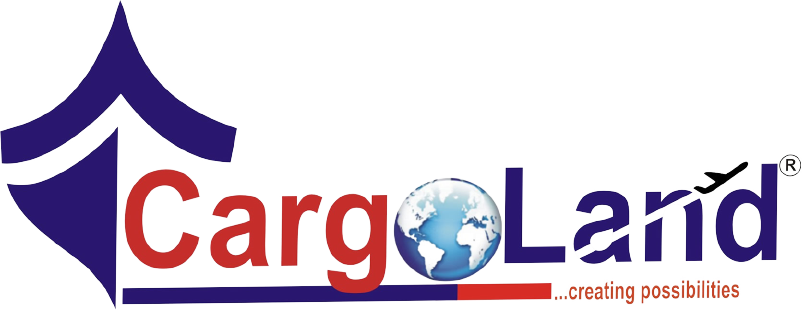Customer focus obsession drives business growth, writes Erik Stadigh, co-founder and CEO of climate impact company, Lune. Businesses exist to solve their customers’ problems and, by doing so better than their competition, they win. We build a deep understanding of our customers, their behaviours, their needs, and their pain points. And we get out of bed in the morning to solve these pain points through innovative products and services.
Yet, when it comes to sustainability, we immediately turn inward. The focus becomes all about internal metrics: our own carbon footprint, our own net zero targets, our own ESG scores. While these are of course crucial, they’re one component of a much bigger equation. We are staring at the forest so intently, that we are completely blind to the trees.
Here’s why: the most powerful climate actions aren’t found by looking inward – they’re found by looking outward, at your customers.
Harnessing The Multiplier Effect
When a business helps its customers reduce their carbon footprint, the impact multiplies exponentially. A single logistics company might help thousands of businesses optimise their supply chains to drastically reduce emissions. A business spend management platform might help thousands of businesses optimise procurement and business spend to slash emissions.
This is the multiplier effect in action. Instead of focusing solely on reducing your own emissions – which might be in the thousands of tonnes CO2 – you can help reduce millions of tonnes CO2 by enabling your customers’ climate journey.
From Net Zero to Net Positive
Our goal is to reach global net zero (and eventually go beyond). There are many paths to get there but for companies to only focus on internal net zero targets is definitely not the fastest path.
The math is simple but powerful. Let’s say your business emits 50,000 tCO2 annually. You could spend years trying to reduce this to 25,000 tCO2 or potentially even to 10,000 tCO2. Or, you could do both: work on your internal reductions while helping your customers avoid or reduce hundreds of thousands tCO2, potentially even millions tCO2!
This isn’t about choosing one over the other. It’s about recognising where your impact can be greatest.
The Business Case is Clear
As with solving any customer problems better than your competition, it’s just good business. Companies that help their customers achieve their sustainability goals aren’t just doing good – they’re building competitive advantages:
– New revenue streams emerge from sustainability-focused products and services
– Customer loyalty increases when you help solve their sustainability challenges
– Brand value grows as you become known as a sustainability leader
– Market share expands as sustainability becomes a key differentiator
This is not some fairy tale, it’s already a reality. JAS Worldwide, a leading freight forwarder, has won several large RFPs thanks to their Green Solutions. They help their customers reduce their carbon footprint through consulting, monitoring, and implementing emission reduction solutions.
By taking a consultative approach and tailoring sustainability to their customers needs, the sustainable choice becomes the easy choice. For example, JAS Worldwide chose Lune as their carbon offsetting partner so their customers could fund the projects that aligned the most with their business goals, without compromising on quality. They can be confident their sustainable choices are having a positive impact on the planet.
How to put your customers at the centre of your sustainability strategy
Innovators know progress is never a straightforward process. But we can begin with a map:
1. Understand your customers’ pain points
Start by truly understanding your customers’ sustainability pain points. What are their emissions sources? What are their reduction targets? What’s holding them back? How much are they spending on expensive consultants today?
2. Innovate for impact
Develop products and services that directly address these challenges. This could mean adding carbon footprint insights to your existing products, helping your customers to make carbon-based decisions, or giving green rewards to customers.
3. Make sustainability the default
Use technology and automation to make sustainable choices easier, accessible, and the default. To maximise the positive impact, and allow them to “opt-out” if they don’t want it.
4. Measure and celebrate customer impact
Track not just your own emissions, but the emissions you help your customers avoid or reduce. This is your true climate impact and should be celebrated!
The Road after COP29
As we come out of COP29, it’s clear that business as usual won’t get us to global net zero. We need a fundamental shift in how we think about corporate climate action. The companies that lead this new era aren’t just those with the smallest carbon footprints. They’re the ones that help their entire ecosystem – customers, suppliers, and communities – accelerate toward a sustainable future.
The future of corporate sustainability isn’t about just getting to net zero individually – it’s about solving problems to get to a global net zero. By looking beyond our own operations and enabling our customers’ climate journey, we create the exponential change our planet needs. And capture the business benefits while we do so. Obsess about your customers and the planet will thank you!
similar news
The post Customer Focus is missing piece in Sustainability appeared first on Logistics Business.


